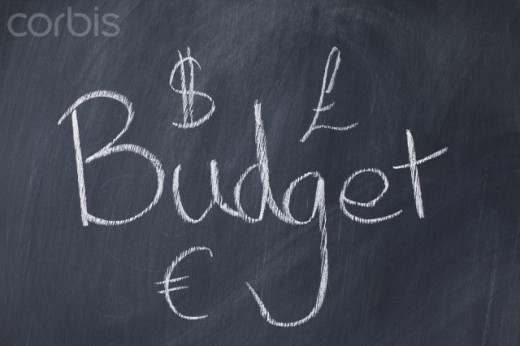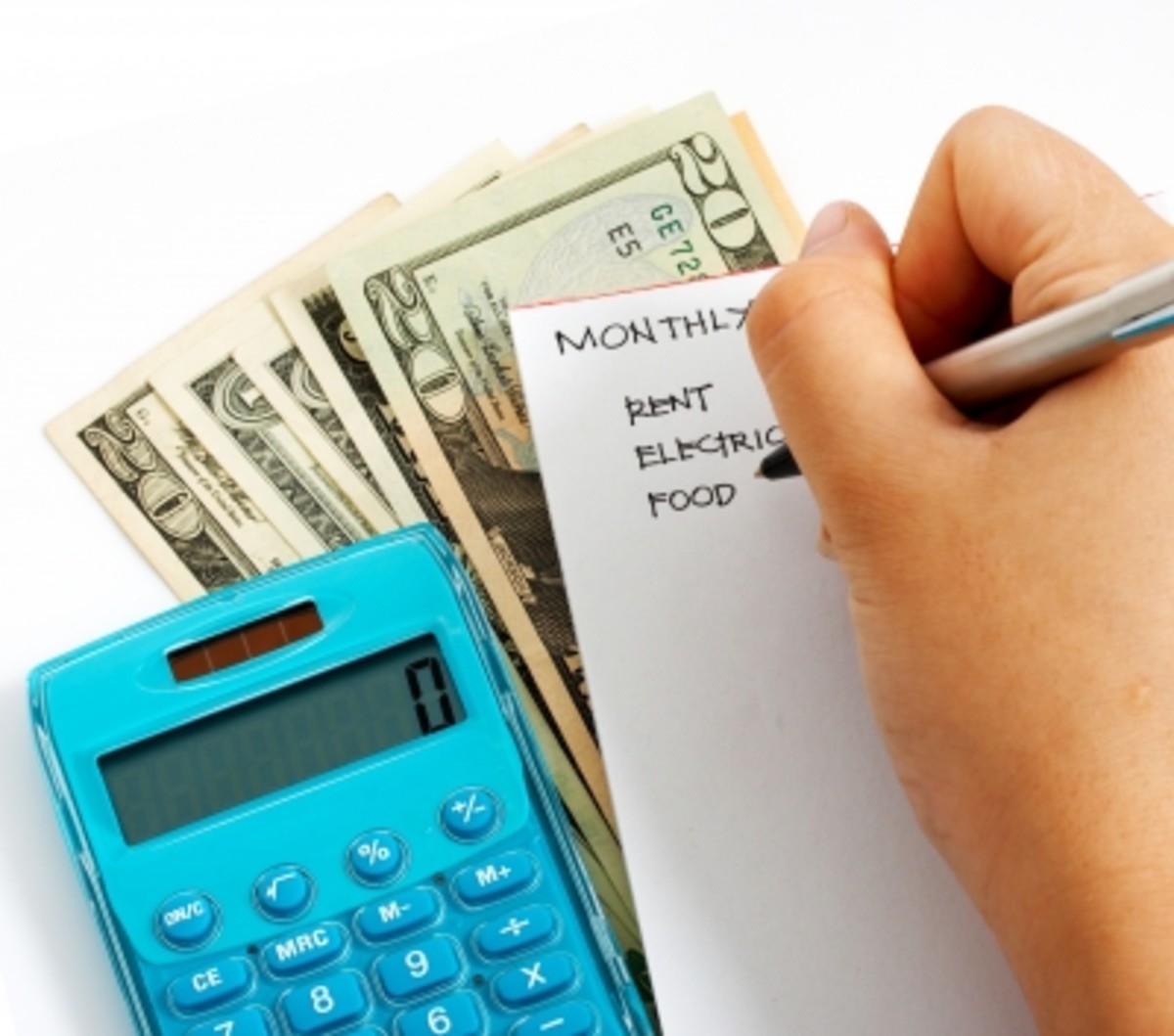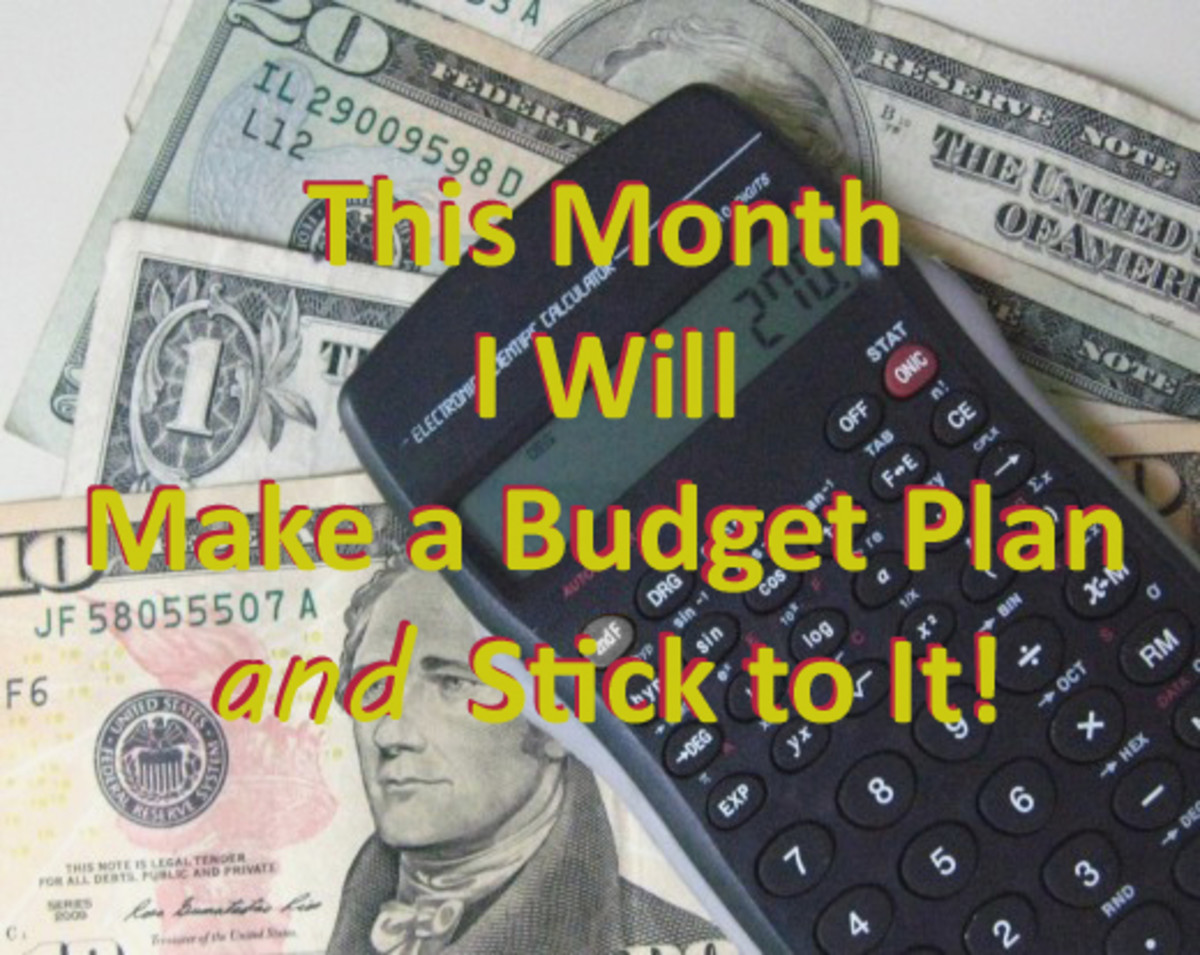3 Steps to Easy Budgeting for Beginners
How to Budget Your Money

Personal Finance for College Students and Recent Graduates
Budgeting is the process of planning your income and expenditures to ensure that you can cover all of your expenses. It can be a difficult process, especially for college students or recent-grads, and involves three main steps.
Understanding your income, estimating your expenses, and devising a savings plan.
There are a plethora of tools and strategies used to find this delicate balance and the strategy you use will depend heavily on who you are as a person. Personality and income play a big role in the individual budgeting process. Once you have an idea of what you want, you can start building your basic money management skills.
Budgeting does not have to mean depriving yourself of things you enjoy. If going out drinking, travel, or eating good food is important to you, it’s worth spending money on those things. It is the process of knowing how much you make, what you need (and want) to spend money on, and how you’re going to afford to live the life you want. If your budget isn’t working it probably needs to be adjusted. And if you aren’t making enough money to support the lifestyle you want it may not be a budget problem, but an income or lifestyle problem.
Step 1: Understanding Your Income
Income varies depending on the kind of job you have (salary or hourly) how regularly you work (40 hours a week or variable) and if you make and money outside of your main job (side-jobs or freelance work).
To understand your income you need to figure out the minimum you will make in any given month. It’s much better to budget below your means and end up with surplus than to base a budget on more money than you’re making.
For example: if you work 20-40 hrs/week budget as if you’re working 20-25 hours.
After Tax Income
Income
| |
|---|---|
Minimum monthly income (after tax)
| 2000
|
Freelance Side Income
| 100
|
Total
| 2100
|
Fixed Expenses
Fixed Expenses
| |
|---|---|
Rent
| 500
|
Utilities
| 100
|
Groceries
| 300
|
Gas (if you have a car)
| 150
|
Cell Phone
| 60
|
Total
| 1,110
|
Step 2: Estimating Your Expenses
There are two different kinds of expenses. Fixed and variable.
Fixed expenses are the ones you have to pay on a monthly basis and they remain essentially the same. That includes all your bills and necessities. Rent, groceries, gas, utilities, and phone. If you’re paying your own insurance, paying off a car or loans, or have some other monthly fee this is where you factor those in. Fixed expenses are the ones you pay first.
If your income doesn’t cover your fixed expenses you’re in trouble - you need to either find a better paying job or figure out a way to lower one of these expenses.
Variable Expenses
Variable Expenses
| |
|---|---|
Car repairs
| 100
|
Appointments (doctor, dentist)
| 20
|
Gifts (birthdays/holidays)
| 50
|
Clothes shopping
| 100
|
Entertainment fund (movies, nights out, etc)
| 50
|
Misc (textbooks)
| 100
|
Total
| 420
|
Variable expenses are your other expenses that are more easily cut, but still very necessary. These expenses tend to change on a month-to-month basis.
The best practice for variable expenses is to set a number at the beginning of each month. For example my mother’s birthday is next month, so I’ll add an extra $40 to my variable expenses to account for that. This may require you to think ahead, but it’ll keep things like birthdays, holidays, and vacations from kicking your butt.
Some examples:
- You have a doctor's appointment coming up and you have a $20 copay
- Your mom’s birthday is coming up and you want it to be special, $50
- It’s the changing of the seasons and you need new scarves and boots, $100
Once you’ve set your fixed expenses you can assume they are fairly permanent. The variable expenses you will have to change each month. This means at the beginning of each month you need to sit down and figure out if something expensive is coming up that you need to remember.
How Do You Save Money?

Step 3: Devising a Savings Plan
Now that you’ve reached step 3 you need to figure out how much you want to save. Being someone who values having a surplus of money for emergencies, and a big saver for travels, I save as much as possible. But some people take the slow approach and save small amounts each month, like $100 out of every paycheck.
People use several different strategies for saving money. My two favorite are variable savings and the transfer strategy.
The Math:
2,100 - 1,100 - 420 = 570
570/2 = 285
Variable savings is simply doing the math. Hypothetically I’m making $2,100 this month. My fixed expenses are $1,100 and my variable expenses are $420. That means I’ll have $570 left over. I’ll then transfer half of that into savings and keep half in check for future use.
The transfer strategy is the simplest. When you set up how you’ll be receiving paychecks you simply list two. One bank account (your checking or primary savings account) gets the bulk of your money. The second account (a primary or secondary savings account) gets a set amount each month, say $300. Since you never actually see that money it’s much easier to let it go untouched.
Budgeting Apps
- Mint App
- GoodBudget
- SpendBook
- And dozens more
Do You Budget Your Money?
How to Create a Budget
You’re probably wondering how you can actually go about creating a budget. Unfortunately there is no one uniform answer that works for everybody.
Some people use Excel to create a custom worksheet that works for them.
Some use cookie-cutter budgeting worksheets like this budgeting form.
Others use any of dozens of great personal finance apps, it all depends on your style.
The way you actually go about handling your budget is entirely up to you. You can rely on an app, spend a lot of time on your bank’s website, or use a hybrid strategy that plays to your strengths. You’ll probably have to go through a testing period to find what works for you, that’s okay. And sometimes you’ll go over budget, that’s okay too.
You have to figure out what works for you and allows you to save some money and afford your lifestyle.









